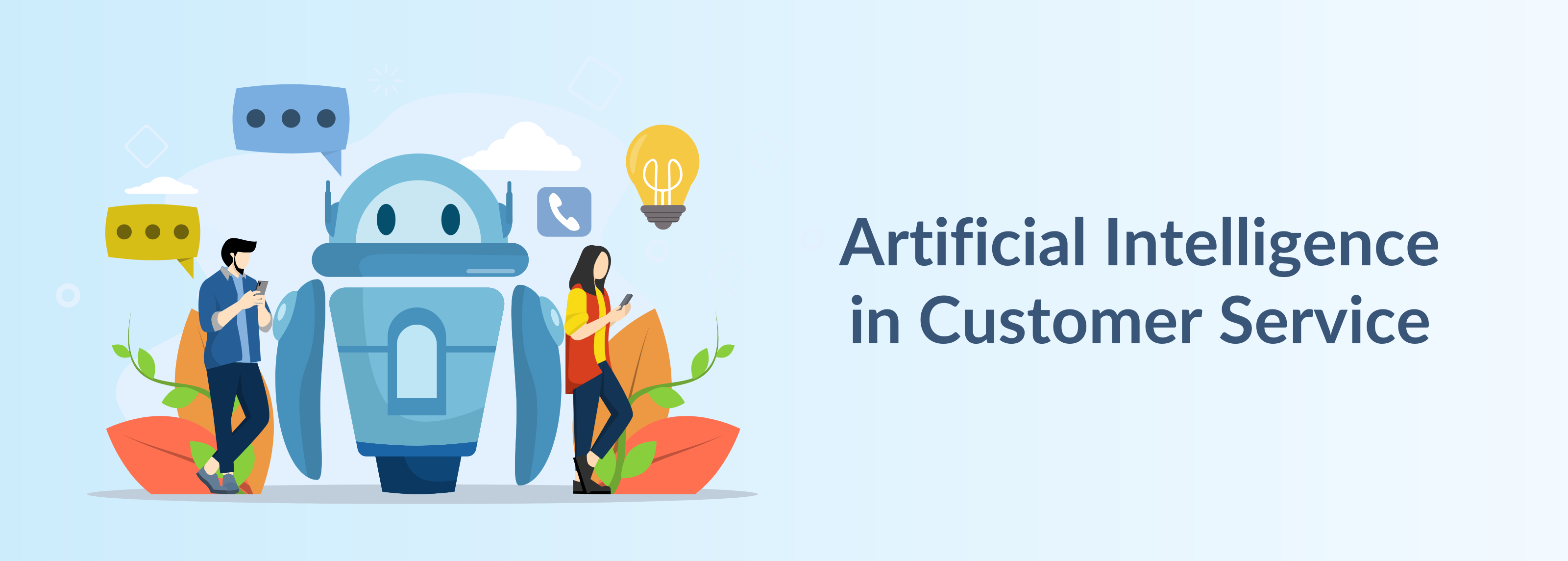Artificial Intelligence in Customer Service – Is It for Real?
A few years ago, I was a regular at an upmarket spa and was keen to use their offers. To get their offers, you have to visit their website and use their chatbot to determine the day’s offer.
This is how the conversation goes.
Me: I would like to know the offer of the day
Chatbot: Please type your name
Me: I type my name
Chatbot: Please enter your mobile number
Me: I enter my mobile number
Chatbot: Can you choose the city you are from [it gives you the option of all cities where they have a presence]
Me: I choose the city
Chatbot: Can you choose the nearest branch [it gives you the option of all branches in the city you have chosen]
Me: I choose the branch
Chatbot: Now it gives me the offer of the day. Would you like to opt for it [options are Yes or No]?
Me: I click Yes
Chatbot: Would you like to schedule an appointment [It gives you the list of times the appointment is available]
You: I choose the timeslot
Your booking is complete, and they will send you an email confirming your booking.
This was my experience the first time.
So, the next time I visited the site, I grew wiser and typed everything on the chatbot. In the first instance, I typed my name, mobile number, Chennai, and the branch closest to me and inquired about the offer.
The chatbot started with “Please type your name.”
This is when I realized I was talking to a rule-based engine, not an intelligent chatbot.
Look at where we are now. Things have evolved tremendously, and AI-driven chatbots make interactions more natural and human-like using Natural Language Processing.
You feel you are talking to a real person, not a bot.
How Do AI-Driven Chatbots Work?
Natural Language Processing (NLP) technology is at the core of the AI-driven chatbot, which enables the machine to understand and interpret human language.
With NLP, the chatbots can provide personalized and real-time conversations with their users by analyzing input data, running it through an algorithm, and responding with a natural-sounding reply.
The algorithm successfully scans customer support documentation and past conversations for text patterns similar to the original inquiry. This allows it to deliver answers quickly and accurately.
Apple’s Siri, Amazon’s Alexa, and Google Assistant are prime examples of AI-driven chatbots; most of us are familiar with them.
What Is the Best Place to Start While Using AI for Your Customer Experience?
More than 80% of the queries a contact center receives are transactional and repetitive. AI-driven chatbots can easily handle them with context.
For example, the booking experience I described above can be handled very efficiently by an AI-driven chatbot.
Other Possible Use Cases Can Be:
- Banking: Balance inquiry, last five transactions, checkbook requests, stopping payment, and blocking a card. All of these can be done without interacting with an agent.
- Healthcare: Appointment scheduling, re-scheduling, and cancellations. Check for the availability of lab reports and get a copy of the medical history.
- E-commerce: Checking delivery status, raising complaints about a delivery, and requesting the return of a delivery.
Many such use cases are possible across verticals.
80% of customer inquiries can be handled by AI-driven chatbots, freeing agents’ time to handle customers’ complex queries.
Let me give you an example of a complex query.
I am applying for cashless medical insurance for my treatment. The appraiser or the underwriter approves only 75% of the cost. I want to file a complaint, which would require intervention by the agent to stop this from getting escalated. The agents can give convincing reasons for the 75% approval or change the approval to 100%.
Imagine what would happen to a complex query like this if agents handled transactional queries 80% of their time.
What Is the Adoption Level of AI-Driven Chatbots?
The chatbot market was already valued at USD 4.7 billion in 2022 and is predicted to grow to $15.5 billion in 2026.
It all began with E-commerce, but now every vertical sees the benefits of using AI, and the applications are growing rapidly.
If you still haven’t looked at chatbots, now is the time to get dirty. You will not be fishing in unknown waters as they are ample examples of chatbot success. You can take strength from those successful initiatives and roll them out.
However, you can start small with what you are comfortable with and expand as AI has endless options.
Chatbots are the go-to way for customers to communicate with organizations. After all, chatbots can provide immediate responses, fulfilling the customer’s needs.
